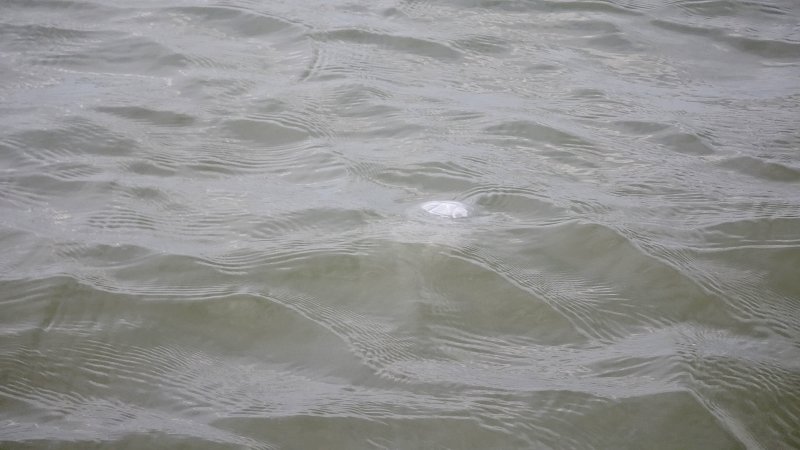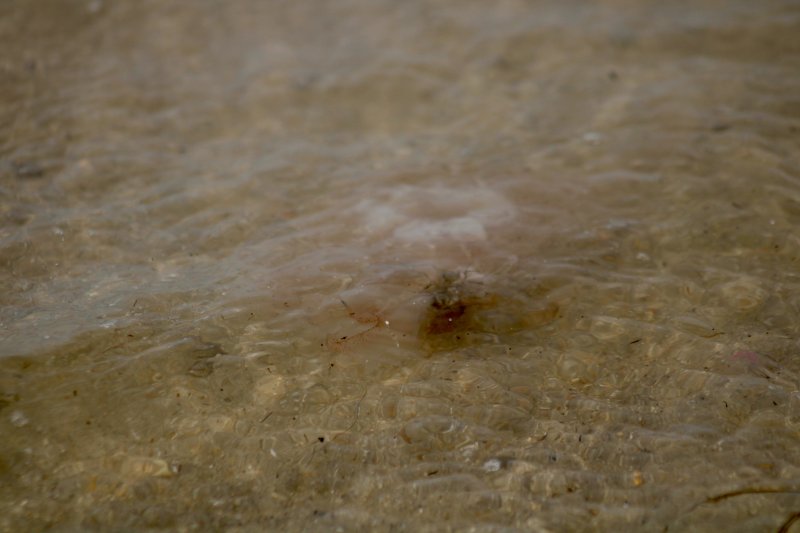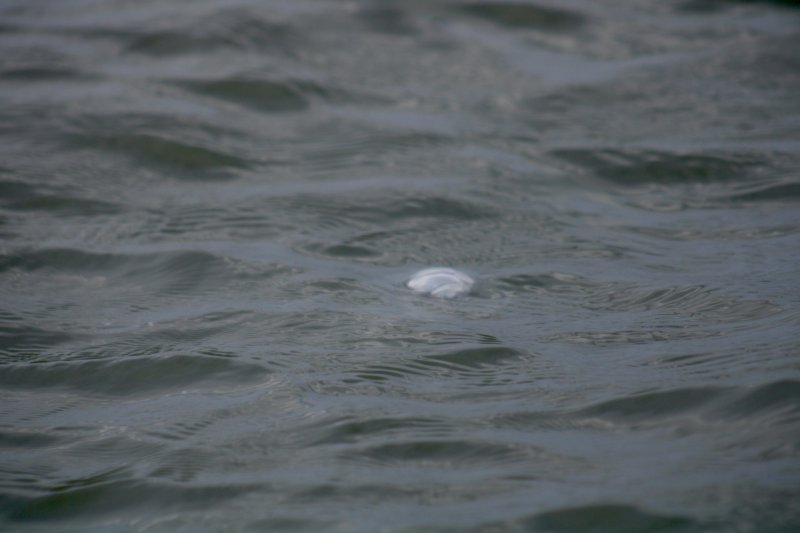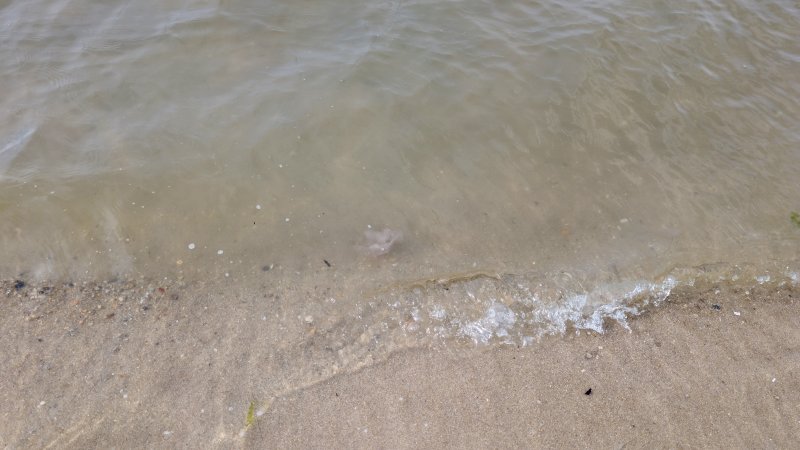Fireworks burst across the Mid-Atlantic sky Fourth of July week to “ohhs” and “ahhs,” but an abundance of jellyfish soon led to a bevy of “ahhs” and “ouches.”
“We've seen a significant increase in jellyfish in the bay this year – more than I’ve ever witnessed during my time here,” said Lewes Beach Patrol Capt. Strohm Edwards. “As a result, we’ve also had a sharp rise in jellyfish stings. Our numbers have more than doubled compared to last year, with most of that spike occurring over just the past few weeks.”
Edwards said his lifeguards just treated 439 stings, with vinegar and water, over the course of a month. The 30 days prior only had 14 incidents.
“Since July 2, the jellyfish have arrived,” said Rehoboth Beach Patrol Capt. Jeffrey Giles. “Due to the calmer ocean conditions, they are staying around.”
The mild, warm-water conditions of the Atlantic early this summer and the mostly serene Delaware Bay might seem pristine for swimming, but they are also ripe for a jellyfish bloom.
“Normally, we start to see jellyfish in July and early August when water temperatures increase along with hot weather days,” said North Shores Capt. Kent Buckson. “The peak season for jellyfish is typically in mid to late summer, around mid-August and September.”
Marine scientist Dr. Les Watling wrote in a University of Delaware Sea Grant College publication that jellyfish are neither jelly nor fish. They are an ancient marine animal and are 94% water. At the mercy of the currents and tides, they move around like someone opening and closing an umbrella.
Sea turtles, whale sharks, baleen whales and various types of fish are among the predators of jellyfish. Watling explained that while they can be found in waters ranging from the Arctic Ocean to the tropics, they are most likely to inhabit the shallows of coastal waters.
“Jellyfish ... rate and frequency has increased over the last few weeks as per the natural reproductive and distribution cycles of the animal,” said Dewey Beach Patrol Capt. Todd Fritchman. “[They] free float ... and their destiny is controlled by currents and tides. The temperature and diurnal cycles of the sun and season dictate the budding rate.”
Fritchman has seen plenty of jellyfish over the years and has found a common hygiene product, used for the face, works for stings.
“We treat typical jellyfish stings with Barbasol as a solvent to break down the nematocyst, straight-edge scraping of the target area and irrigation with water,” Fritchman said. “Severe hypersensitivity reactions may require Benadryl and/or more advanced treatment.”
Despite the increase in numbers, not everyone who swims in the drink will be stung, but steering clear of jellyfish altogether is reportedly impossible.
“There is no avoiding them in the ocean; just stay calm and realize the sting will go away eventually,” Giles said. “You can use a mix of vinegar, alcohol and water or meat tenderizer to lessen the sting.”
“Swimmers should not touch jellyfish, because even beached or dead jellyfish can still sting,” Buckson said. “Swimmers can wear protective clothing like wetsuits, skin suits or stinger suits to offer protection. They can also use protective lotions like Safe Sea, which help prevent stings by forming a barrier.”
While North Shores, DBP and RBP help, in their own way, with stings in the Atlantic Ocean, Lewes Beach Patrol handles the Delaware Bay where calm, warm and shallow waters entice swimmers and jellyfish alike.
“I’ve also spoken with a few members of other beach patrols along the oceanfront, and they’re seeing similar increases,” Edwards said. “I'm not sure if they track sting numbers the way we do here in Lewes, but it’s clear the population is up across the board.”
Edwards, who said he’s not a marine biologist, also believes heavy rainfall to start the season may have contributed.
“The mix of fresh and saltwater alters the bay’s salinity, which, as I understand it, can create favorable conditions for jellyfish,” Edwards added.



Aaron Mushrush joined the sports team in Summer 2023 to help cover the emerging youth athletics scene in the Cape Region. After lettering in soccer and lacrosse at Sussex Tech, he played lacrosse at Division III Eastern University in St. David's, PA. Aaron coached lacrosse at Sussex Tech in 2009 and 2011. Post-collegiately, Mush played in the Eastern Shore Summer Lacrosse League for Blue Bird Tavern and Saltwater Lacrosse. He competed in several tournaments for the Shamrocks Lacrosse Club, which blossomed into the Maryland Lacrosse League (MDLL). Aaron interned at the Coastal Point before becoming assistant director at WMDT-TV 47 ABC in 2017 and eventually assignment editor in 2018.

























































